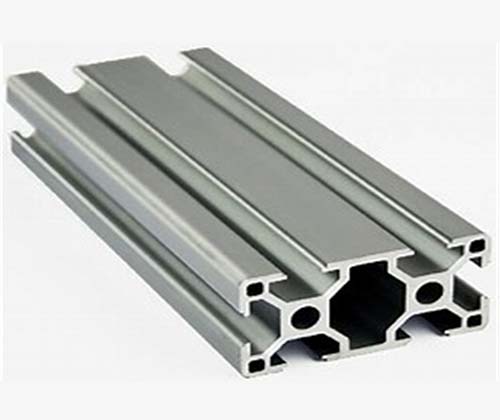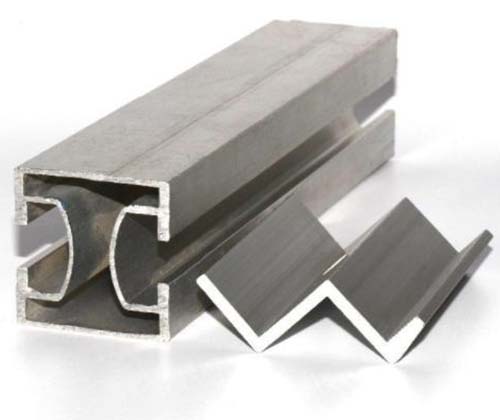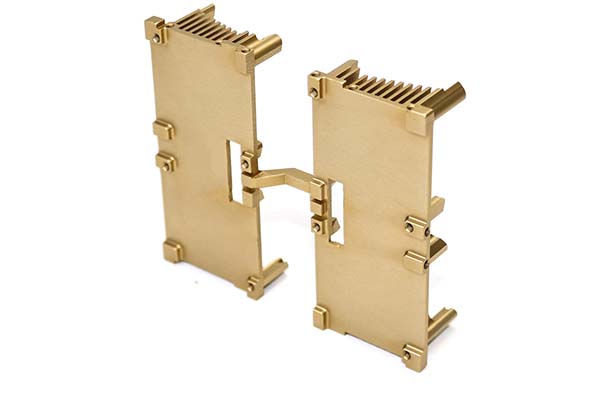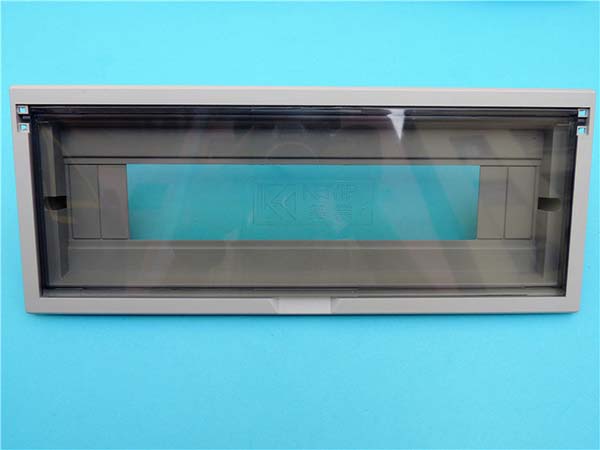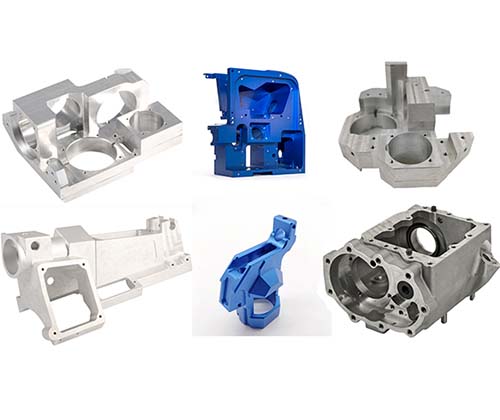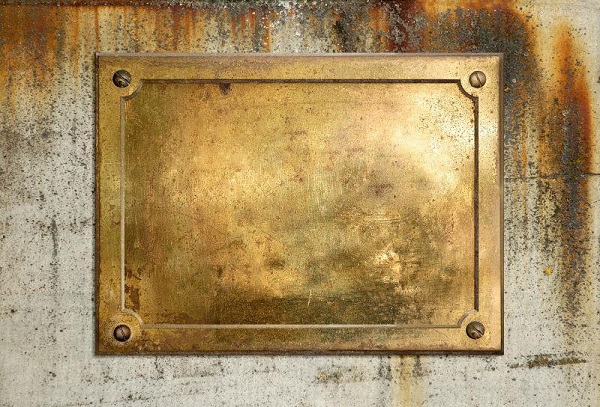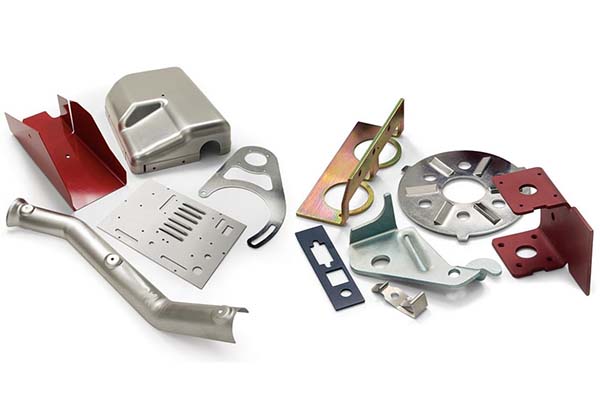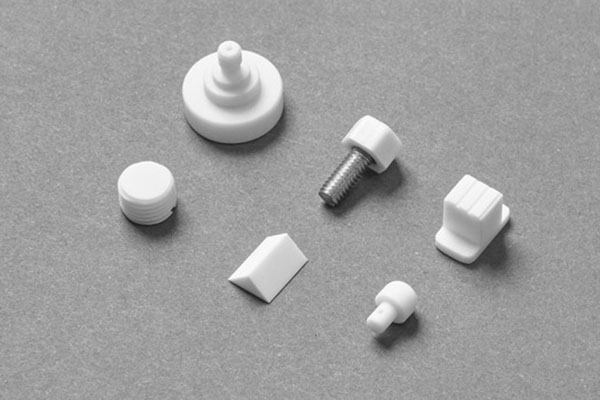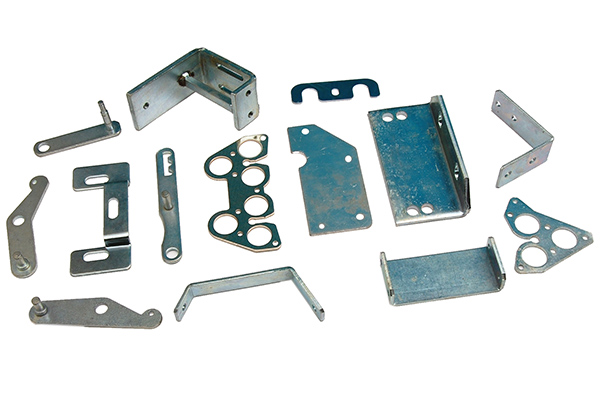Introduction
Engineers and manufacturers often struggle to find a stainless steel that balances cost, corrosion resistance, and heat resistance for applications like home appliances and automotive exhaust systems. Many options are either too expensive (like austenitic grades) or lack the necessary durability in high-temperature environments. Sheet Metal SUS430 (Ferritic) fills this gap, offering a cost-effective solution with unique properties. In this article, we’ll explore its material composition, manufacturing processes, surface treatments, and applications to show why it’s a smart choice for specific industrial and consumer needs.
Material Composition and Properties of Sheet Metal SUS430 (Ferritic)
Alloy Composition
- Key Elements: SUS430 (Ferritic) is a ferritic stainless steel defined by its high chromium content—16 - 18%—which forms a protective oxide layer, delivering corrosion resistance. Unlike austenitic grades, it contains little to no nickel, making it more affordable. Its composition includes up to 0.12% carbon, 1% manganese, 1% silicon, and trace amounts of sulfur and phosphorus (each under 0.03% and 0.04% respectively). This blend of elements gives SUS430 its magnetic properties and heat resistance, ideal for industrial ovens and automotive exhaust systems.
Mechanical and Physical Properties
- Strength, Ductility, and Hardness: Sheet Metal SUS430 (Ferritic) has a tensile strength of 415 - 630 MPa and a yield strength of 205 MPa, providing sufficient strength for home appliances and architectural components. Its ductility is moderate, with an elongation of 20 - 25%, allowing for bending and forming in applications like kitchen sinks and electrical enclosures. The hardness ranges from 70 - 85 HRB, striking a balance between workability and wear resistance—useful for parts that see regular use, such as dishwasher racks.
- Corrosion Resistance and Thermal Properties: While its corrosion resistance is lower than austenitic grades, SUS430 performs well in mild environments, resisting rust from water and atmospheric conditions—perfect for refrigerators and washing machines. Its thermal properties shine: thermal conductivity is 26 W/(m·K) (higher than 304 stainless steel), aiding heat distribution in industrial ovens. It also has low thermal expansion (10.4 × 10⁻⁶/°C) and excellent thermal shock resistance, making it suitable for heat exchangers and furnace components that experience rapid temperature changes. Plus, it’s magnetic, a key feature for electrical enclosures and decorative applications requiring magnetic properties.
Manufacturing Processes of Sheet Metal SUS430 (Ferritic)
Forming and Shaping
- Rolling, Cutting, and Bending: The manufacturing process starts with rolling, where slabs are heated and rolled into sheets (0.3 - 10 mm thick). Cutting methods like laser cutting and shearing produce precise shapes for automotive exhaust systems and home appliances. Its moderate ductility allows bending—though tight radii may require annealing to avoid cracking. For example, forming refrigerator door panels uses controlled bending to ensure a smooth finish.
- Machining, Welding, and Heat Treatment: CNC machining of SUS430 is straightforward, though its toughness requires sharp tools to prevent work hardening. Welding is possible but can reduce corrosion resistance if not done carefully; post-weld annealing (heating to 760 - 815°C) restores ductility and protects against intergranular corrosion. Heat treatment also enhances its high-temperature stability, critical for furnace components and heat exchangers.
Surface Treatment and Finishing of Sheet Metal SUS430 (Ferritic)
Cleaning and Protective Treatments
- Pickling and Passivation: After manufacturing, pickling removes scale and oxides using acid, preparing the surface for finishing. Passivation with nitric acid enhances the oxide layer, boosting corrosion resistance—essential for kitchen sinks and washing machine drums that contact water and detergents.
- Aesthetic Finishes: Surface finishing options for SUS430 include brushed finish (popular in home appliances for a matte look) and mirror finish (used in decorative applications). Grain finish provides a uniform texture, easy to clean in dishwashers and refrigerators. Heat coloring—a process where controlled heating creates oxide layers in shades of blue or gold—adds visual appeal to architectural components and decorative applications. Surface roughness is typically 0.4 - 3.2 μm Ra, depending on the finish, ensuring both functionality and aesthetics.
Applications of Sheet Metal SUS430 (Ferritic)
Home Appliances and Kitchen Equipment
- Refrigerators, Washing Machines, and Dishwashers: SUS430 is widely used in home appliances. Refrigerators use it for door liners and shelves due to its corrosion resistance and magnetic properties (ideal for magnetic door gaskets). Washing machines and dishwashers rely on its ability to withstand detergents and moisture, with brushed finish panels maintaining a clean appearance.
- Kitchen Sinks and Industrial Ovens: Kitchen sinks made from SUS430 balance affordability and durability, resisting stains from food and cleaning products. Industrial ovens and furnace components use it for its thermal shock resistance and ability to withstand continuous high temperatures.
Automotive, Construction, and Other Applications
- Automotive Exhaust Systems: The automotive industry values SUS430 for exhaust systems, where its heat resistance (up to 800°C) and cost-effectiveness outperform mild steel. It resists corrosion from exhaust gases, extending the system’s lifespan.
- Construction and Architectural Components: In construction, SUS430 is used for architectural components like trim, railings, and cladding. Its decorative applications benefit from heat coloring and polishing, while its corrosion resistance stands up to outdoor conditions. Electrical enclosures also use it for its magnetic properties and durability.
- Heat Exchangers and Industrial Equipment: Heat exchangers leverage SUS430’s thermal conductivity and corrosion resistance to transfer heat efficiently. Other industrial equipment, such as conveyor parts and tooling, uses it for its balance of strength and affordability.
Yigu Technology's Perspective
As a parts custom manufacturing supplier, Yigu Technology trusts Sheet Metal SUS430 (Ferritic) for cost-sensitive projects requiring heat and corrosion resistance. We utilize its magnetic properties and workability in laser cutting, bending, and CNC machining to produce parts for automotive exhaust systems, home appliances, and architectural components. Our expertise in surface finishing—from brushed finish to passivation—ensures each part meets performance and aesthetic standards, making SUS430 a go-to for reliable, budget-friendly solutions.
FAQs
- How does SUS430 compare to 304 stainless steel in terms of corrosion resistance?
- SUS430 has lower corrosion resistance than 304, especially in salty or acidic environments. It’s better for dry or mild conditions like home appliances, while 304 is preferred for food processing or coastal areas.
- Can SUS430 be used in high-temperature applications?
- Yes, SUS430 excels in high temperatures up to 800°C, making it suitable for automotive exhaust systems, industrial ovens, and furnace components—outperforming many austenitic grades in heat resistance.
- Is SUS430 easy to weld?
- SUS430 can be welded, but it’s more prone to grain growth and brittleness than 304. Post-weld annealing is recommended to restore ductility, making it suitable for non-critical welded parts like electrical enclosures.
